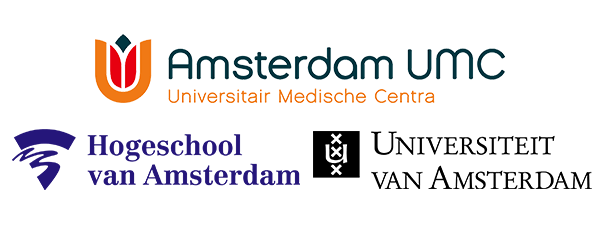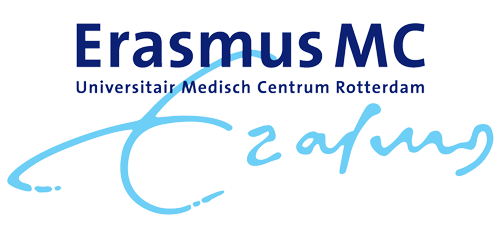


From Wastewater to sustainable paper sizing
From Wastewater to sustainable paper sizing
Extracellular polymers from granular sludge as sizing agent for paper production
TU Delft is internationally renowned for its groundbreaking environmental biotechnology research. Based on its accumulated knowledge on biopolymers the biotechnology department creates environmentally and economically sound solutions for a wide variety of industries, including the paper industry.
Despite all hopes and expectations, the digital revolution has not resulted in a ‘paperless office’. On the contrary, it is said that the digital media have even caused paper consumption to increase, as people tend to print out the same documents over and over again, instead of keeping the original prints. Unsurprisingly, the paper industry is still one of the largest in the world. It’s a well-known fact that the environmental impact of paper production is significant, as paper mills pollute the air, water and land, while the industry is one of the largest consumers of energy. TU Delft biotechnology researchers have invented a sustainable alternative for a production step that can be quite polluting when using conventional methods: the sizing of paper.

Paper sizing problems
Sizing or size is a kind of starch that is applied to paper to make it water resistant. It is either added to the pulp during manufacturing (internal sizing), or added to the material used for paper coating (surface sizing). It’s an indispensable step in the production of a wide range of paper products used for packaging, wrapping, writing, printing or construction.
In printing paper, for example, sizing prevents the ink from being absorbed into the paper, while improving the paper’s surface smoothness. The problem is that the production of the synthetic polymers used is damaging to the environment and far from carbon-neutral. Besides, they are expensive and not abundantly available. The existing ‘green’ alternative, sizing with algal based alginates, is very effective but too costly to be widely implemented. The solution the TU Delft researchers invented aims to overcome one or more of these drawbacks.
The hidden benefits of granular sludge
The invention is a perfect example of how innovation in one industry can trigger innovation in another. TU Delft is also the inventor of NEREDA, a novel wastewater treatment technology further developed and marketed by Royal Haskoning DHV in collaboration with the Dutch Waterboards, in which purifying bacteria create compact granules with great settling properties. It’s now being used internationally for the sustainable and cost-effective treatment of industrial and domestic wastewater. Until now, the granular sludge produced from wastewater treatment is considered of no further use, so it is disposed of as a waste product.
As the costs of waste disposal represent roughly one third of the wastewater treatment costs, it’s a welcome discovery that extracellular polymeric substances (EPS) obtainable from granular sludge are suitable for paper sizing. EPS are greener than synthetic polymers (as they are obtained from biomass and are biodegradable) and much cheaper to produce, while they have an even higher effectiveness than the much more expensive algal based alginates. Moreover, paper mills will be able to produce the biopolymers from their own wastewater sludge, leading to a zero-emission industry
EPS as sizing agent: advantages in a nutshell
- Cost much less than synthetic polymers or algal based alginates
- Green chemicals (obtained from biomass, biodegradable, renewable)
- Allow for zero-emission industry (paper mills can obtain EPS from their own wastewater)
- Achieve an even better performance than sizing agents using algal based alginates
- Contribute to a higher efficiency of wastewater treatment, as the sludge is recycled

